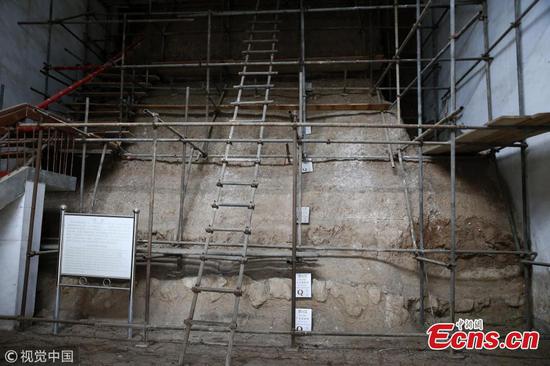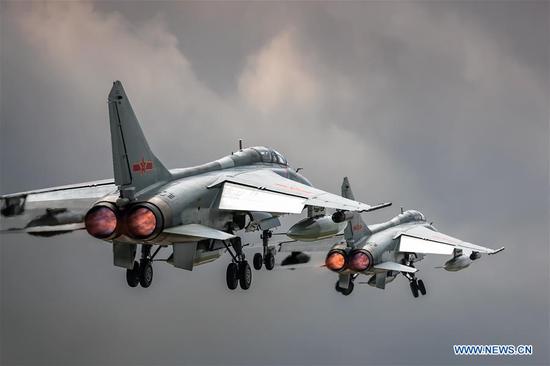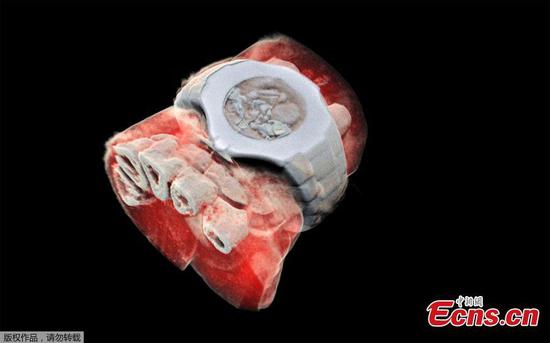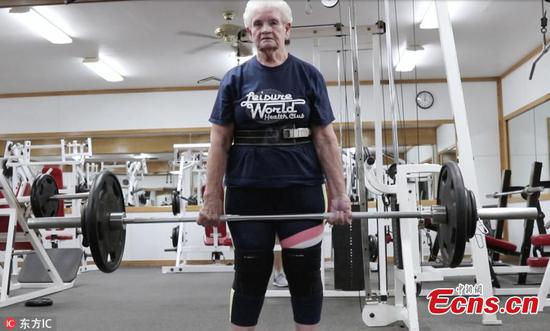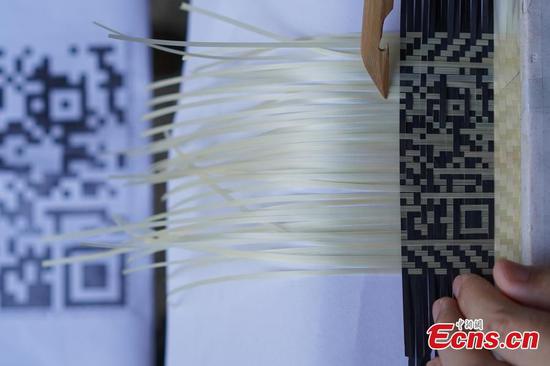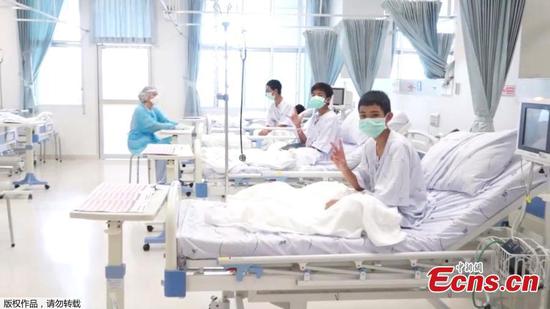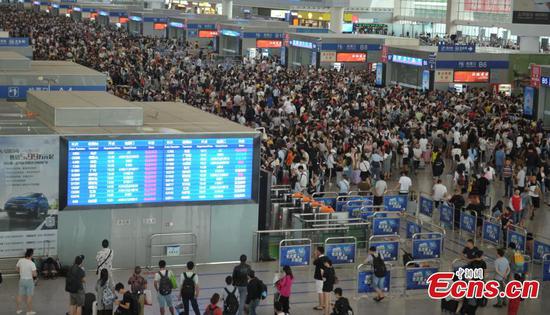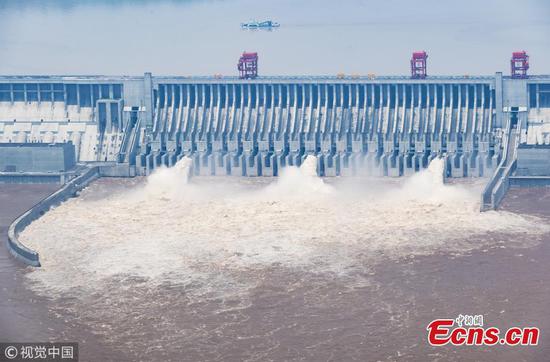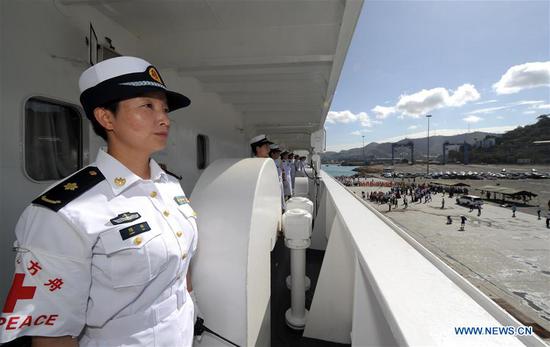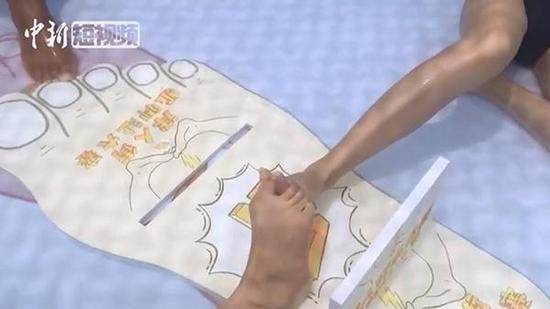China's foreign trade surged by 7.9 percent year-on-year to 14.12 trillion yuan ($2.1 trillion) in the first half of the year, despite potential challenges posed by the United States' protectionist trade policies.
From January to June, the country's exports grew by 4.9 percent year-on-year to 7.51 trillion yuan, while its imports amounted to 6.61 trillion yuan, jumping by 11.5 percent from same period a year earlier, according to China's General Administration of Customs on Friday.
As for China-US trade during the period, the volume grew by 5.2 percent year-on-year to 1.93 trillion yuan, accounting for 13.7 percent of China's total foreign trade.
China will closely watch the impacts caused by the unilateral US tariff measures, since they will dent bilateral trade and the global economy, according to GAC spokesman Huang Songping.
His comments came after the Trump administration announced a possible second round of tariff increases targeting a wider range of $200 billion worth of Chinese imports earlier this week, following tariffs on $34 billion of Chinese goods on July 6.
China's foreign trade may face potential downward risks in the second half due to the heightened protectionism, though Beijing is capable of handling the challenges, Huang emphasized.
Global institutions such as the International Monetary Fund have maintained expectations for decent global economic growth, while pointing out the potential downside risks the world may face, Huang said.
"In particular, unilateralist and protectionist measures initiated by certain countries will present challenges to the stable growth of global trade," Huang added.
Despite external challenges, China's foreign trade is expected to keep its momentum this year, thanks to continued efforts from the government to promote supply-side structural reform and push trade facilitation, according to Huang.
Also on Friday, Xin Guobin, vice-minister of industry and information technology, said China will accelerate the pace of developing high-end manufacturing and digital technologies, such as numerical control machines, passenger aircraft and aircraft engines, automobiles, artificial intelligence and big data to further enhance its exporting capabilities.
To avoid the risks brought by the US trade policies, Sang Baichuan, a professor with the University of International Business and Economics in Beijing, suggested that China and countries from the European Union, as well as Russia and South Korea, can further tap their cooperation potential in areas such as high technology, innovation, agriculture, finance and digital economy.
"The integration of China's competitive labor costs and international capital and technology has helped facilitate its economic growth and global economic prosperity since the country's reform and opening-up drive. It has also generated handsome returns for foreign companies via exporting their products from China," said Xue Rongjiu, deputy director of the Beijing-based China Society for World Trade Organization Studies.






















